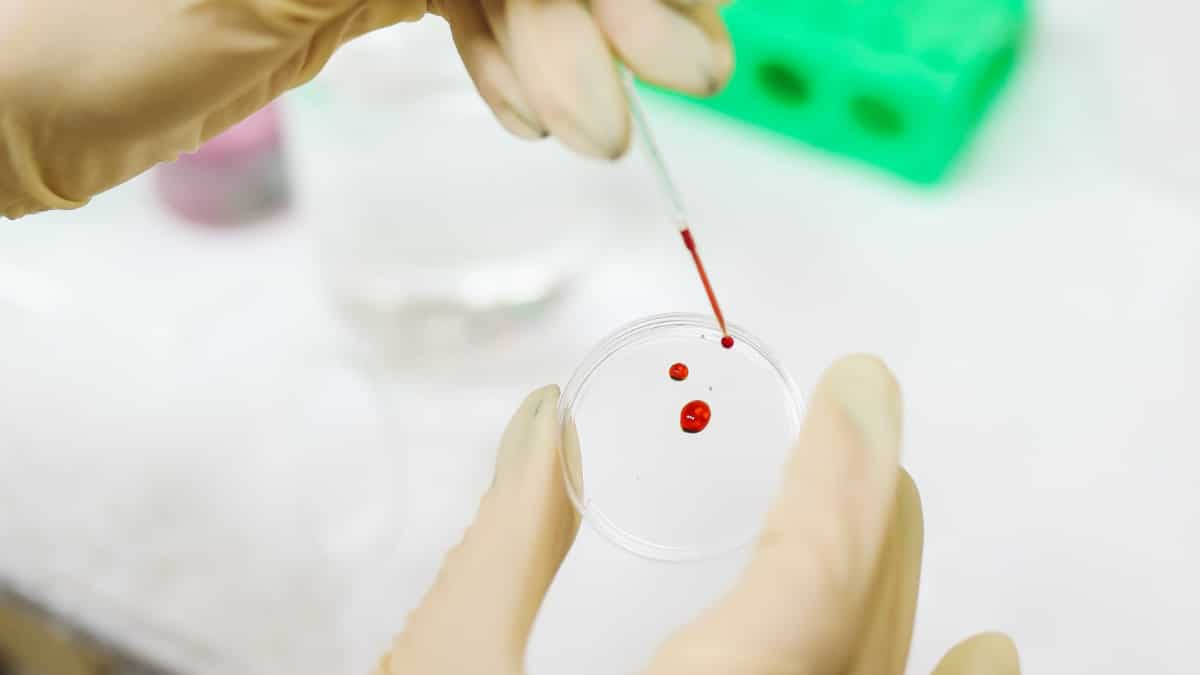Blood
Blood test to diagnose depression among teens? Scientists reach key breakthrough
Adolescents with conditions of depression have higher levels of specific type of molecules in their blood than those without such conditions, researchers have found. The development may pave the way for early identification of teenagers at risk of depression and prompt interventions.
Depression, a pervasive global mental health challenge, is particularly prevalent among adolescents. The diagnosis and consequential treatment of depression in this age group remains challenging.
Blood test to diagnose depression? About the study
trending now
The study was conducted at McGill University in Canada. Cecilia Flores and her colleagues analysed the blood samples from 62 teenagers aged 13 to 18 in the United States, including 34 diagnosed with depression.
The researchers measured various micoRNA molecules in the blood, the regulators of gene activity.
After adjusting for variables such as age, sex, and socio-economic status, the team found that teenagers with depression exhibited significantly higher levels of nine specific microRNAs in their blood compared to their non-depressed counterparts.
These particular microRNA molecules, unique to adolescence, play essential roles in brain development and cognitive processes, according to Cecilia Flores.
Flores presented the findings at the Society for Neuroscience conference in Washington DC on November 13.
What else did the study show?
The study showed that increased levels of these identified markers in blood were associated with more severe depressive symptoms nine months after the initial blood samples were taken.
Also watch | Excessive use of social media apps can make you lonely and depressed: Study
“These markers may also help us learn about what is happening in the brain [during adolescent depression],” she was quoted as saying by the NewScientist.
What does it mean?
The study marks a significant step toward medical steps to ensure the timely intervention during adolescent depression.
According to a 2021 UNICEF survey, around 14 per cent of 15 to 24-year-olds in India reported frequently feeling depressed or disinterested. The World Health Organization’s 2015 report suggested that 4.5 per cent of the Indian population, or over 56 million people, were affected by depressive disorders.
(With inputs from agencies)

